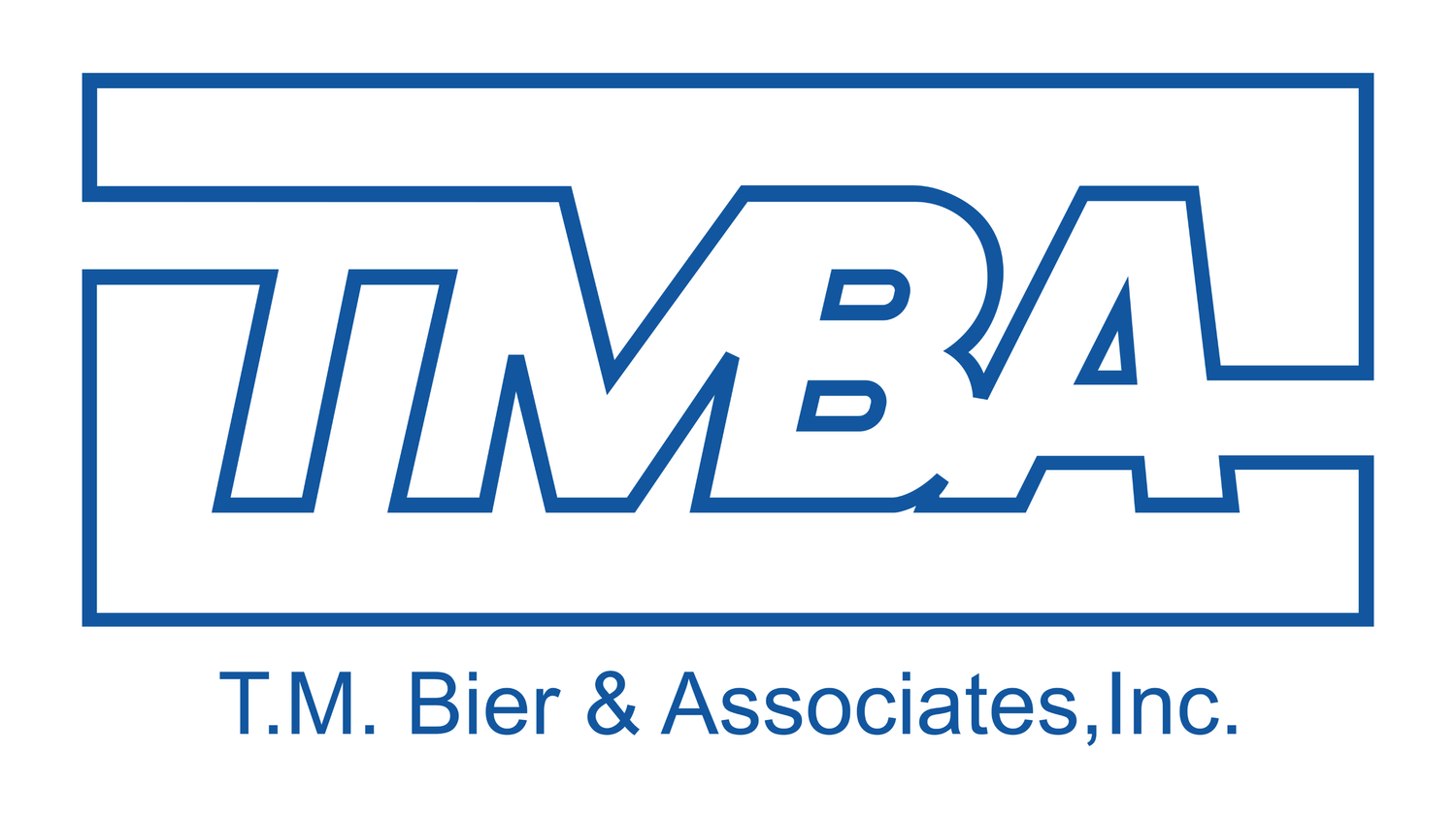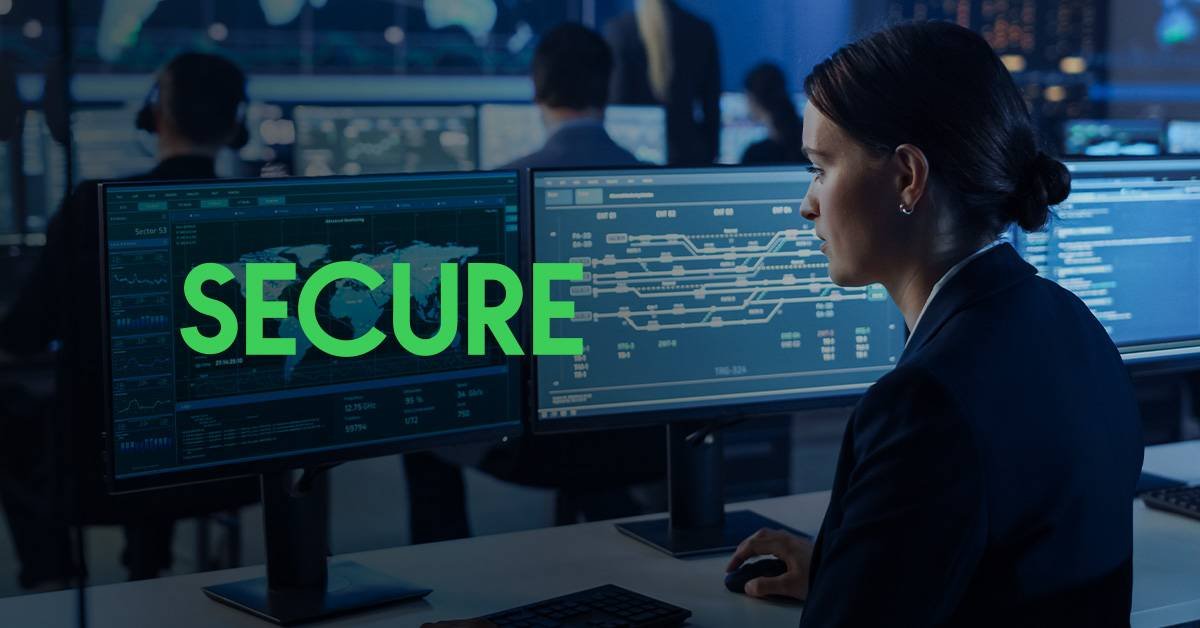Modernizing Building Management System: 7 Reasons Why Now is the Time to Take Action
Almost 38% of older building management systems are now being affected by malicious cyberattacks. And at a time when organizations are trying to minimize costs, it is estimated that over 30% of the energy is wasted in buildings while causing 40% of the world’s CO2 emissions. Memoori reports that office space vacancies are expected to climb to a high of 20% by 2022, while hotels struggle to recover from a low of 20% occupancy.
These are just some of the challenges that building owners and operators continue to face, which are made even more difficult due to limited resources. Facility management is no longer viewed just as a cost center: its teams are now responsible for keeping energy and operational costs down, supporting sustainability goals, ensuring a healthy indoor environment, improving the occupant experience, and optimizing space utilization. Further, they are also responsible for a building’s infrastructure, with cybersecurity an increasing concern.
In this post, we’ll look at how modernizing your building management system (BMS) can help address these challenges today and tomorrow.
Why you need to make your Building Management system future-ready
A modern Building management platform will have seven important attributes that help your facility teams succeed:
Open and scalable. This means it will connect to your existing servers and controllers, helping preserve your investment. At the same time, IP (Internet protocols) and wireless connectivity can make it easy to add more sensors, meters, or controllers as necessary. An updated Building Management should also allow smooth integration with other systems, like energy and power management, giving you a single glass pane of visibility across all operations-related conditions.
Cybersecure. As operational technology (OT) and IT systems continue to converge, protecting your Building management against cyber-attacks is critical. Building management systems must be secure by design, meaning that development and operation follow strict cybersecurity standards and best practices.
Flexible. A Building management should also be flexible enough to adapt to tenants’ new, changing needs, many of which plan for a hybrid workplace. Beyond supporting the reconfiguration of office space, the Building management should also automatically adjust HVAC parameters in response to occupancy, people flow, and air quality readings to optimize efficiency and occupant well-being.
Smart. The newest Building management technology will deliver more data and robust analytics with KPI dashboards, trends, and reports, helping you decide on the best opportunities to reduce energy and inefficiency. The most innovative Building management software has state-of-the-art data modeling and analytics that will also flag potential problems, automatically prioritizing alarms to help your staff isolate risks and respond faster.
Mobile-accessible. A Building management should offer facility teams remote and mobile access to data and control. This can improve personnel efficiency and support times when building access is limited (like a pandemic).
Cloud-hosted. Parts of Building Management and power management functionality can now be hosted in the cloud, avoiding the cost of maintaining computing hardware and software onsite. Cloud-based Building Management can simplify scalability across your entire building portfolio and open the door to advisory services that help augment your facility team.
Engaging. A modern Building Management system will offer apps and services that deliver a more engaging experience for occupants. Mobile devices can be used for access control, controlling room comfort, wayfinding, booking a room, logging a maintenance ticket, and more.
Cost-effective and simple steps to modernizing your Building Management System
Before your older Building Management System starts to cause serious problems with inefficiency, poor reliability, and vulnerability to cyber threats, you should be planning to modernize it. This should be done well before the end of its lifecycle when its current software and hardware could become obsolete. Modern Building management systems are much better equipped to protect against current and emerging cyber threats.
The good news is that modernizing a Building Management does not have to involve a complex CapEx project. In most cases, your existing field-level devices can be left in place. At the same time, a technology refresh is performed at the software/network layer, including upgrading network-level servers and controllers. This can be up to five times less costly than a complete Building Management replacement.
Modernization can be done following three simple steps:
Create a plan. Working with the right partner, a plan will consider your budget, current operational needs, future expansion plans, contingencies, and spare parts needs.
Replace older software. As noted above, the BMS software and network will be upgraded first. To avoid disruption, legacy and new software can be run simultaneously.
Replace older hardware. As budget and schedule allow, controllers and devices will be gradually swapped out with the newest technology.
This approach will give you a secure, capable, and serviceable Building management platform as soon as possible while minimizing future upgrade efforts.
Learn more About Building Management System Upgrades, Installs, & Retrofits From T.M. Bier & Schneider Electric.
Schneider Electric & T.M. Bier & Associates can help future-ready your buildings and business with end-to-end, IP-based Building Management upgrade solutions with best-in-class cybersecurity and expert services. Discover our comprehensive EcoStruxure™ Building solutions, including EcoStruxure Building Operation software and EcoStruxure Connected Room Solutions.
Schneider Electric has been recognized as the world’s most sustainable corporation in 2021 by Corporate Knights Global 100 Index. That’s why T.M. Bier & Associates (TMBA) has partnered with SE to provide the New York metropolitan area with building automation control installation & upgrade services complimented by BMS technology from SE.
Ready to get started?
Contact us today to discuss your building automation control system.
This article was written by Manish Kumar of Schneider Electric.
It has been modified from its original format by T.M. Bier & Associates, a certified Schneider Electric EcoXpert partner.




